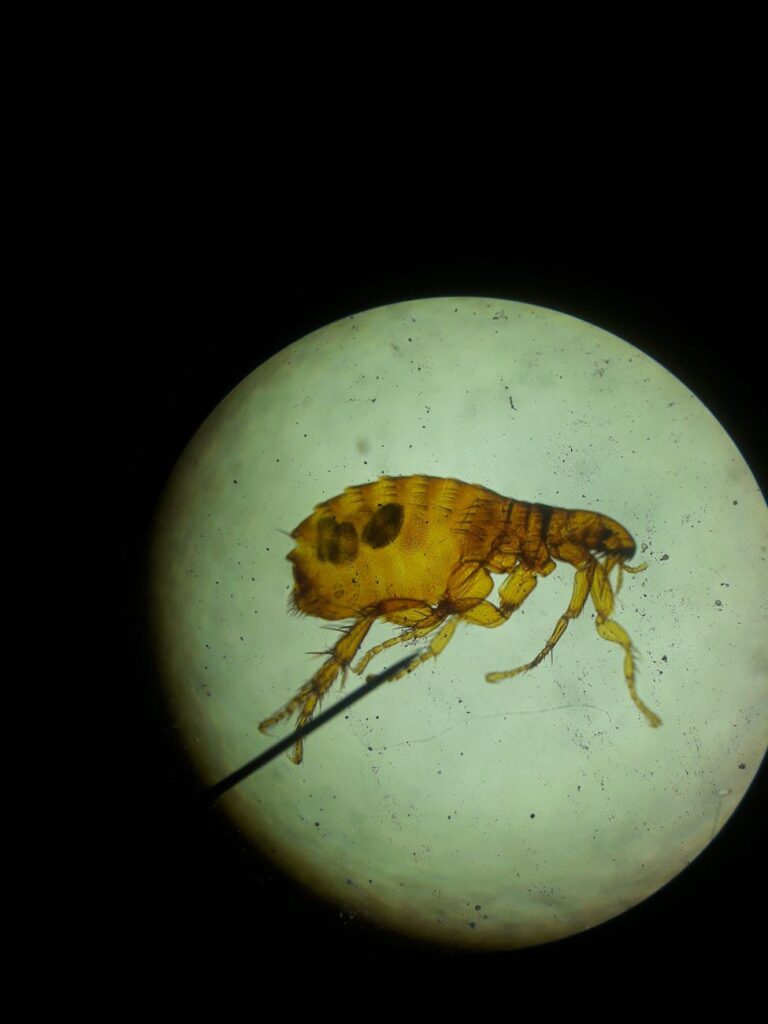Say Goodbye to Fleas: A Kitten Care Guide
Fleas are a common nuisance for pet owners, and kittens are particularly vulnerable to their irritating bites and the potential health problems they can cause. These tiny, wingless parasites thrive in warm, humid environments and can quickly infest your home, leading to discomfort for your furry friend and frustration for you. But don’t despair! With the right knowledge and a proactive approach, you can effectively treat and prevent fleas on your kitten, ensuring their comfort and well-being. This comprehensive guide will walk you through everything you need to know about flea control for kittens.
Identifying a Flea Infestation
Before you can tackle a flea problem, you need to know how to identify one. Kittens are naturally curious and playful, so a little scratching is normal. However, persistent and excessive scratching, biting, and grooming are key indicators of a potential flea infestation. Here’s what to look for:
- Visual Confirmation: The most obvious sign is seeing fleas themselves. They are small, dark brown insects that move quickly within your kitten’s fur. Part the fur, especially around the neck, base of the tail, and belly, to look for them.
- Flea Dirt: This is flea feces, which looks like tiny black specks. To confirm it’s flea dirt, place some on a damp paper towel. If it turns reddish-brown, it’s likely flea dirt – the color comes from digested blood.
- Skin Irritation: Flea bites can cause intense itching and irritation, leading to redness, inflammation, and even hair loss in severe cases. You might notice small, raised bumps on your kitten’s skin.
- Behavioral Changes: Besides excessive grooming, a flea infestation can make your kitten restless, agitated, and even lethargic.
Why Flea Control is Important for Kittens
Flea infestations are more than just an inconvenience; they can pose serious health risks to your kitten.
- Anemia: Fleas feed on blood. A severe infestation can cause anemia, especially in young kittens, which weakens them and can even be life-threatening.
- Tapeworms: Kittens can ingest tapeworm eggs while grooming, by swallowing fleas carrying the eggs. Tapeworms can rob your kitten of essential nutrients.
- Flea Allergy Dermatitis (FAD): Some kittens are allergic to flea saliva. Even a single bite can trigger an intense allergic reaction, causing severe itching, skin inflammation, and secondary infections.
- Disease Transmission: Fleas can transmit diseases like Bartonellosis (cat scratch fever).
Finding Effective Flea Treatments for kittens requires careful consideration because many products that are safe for adult cats are too harsh for young, delicate kittens. Always consult your veterinarian before administering any flea treatment to your kitten. They can recommend the safest and most effective options based on your kitten’s age, weight, and overall health.
Here are some common types of flea treatments for kittens, but it’s crucial to discuss their suitability with your vet:
- Flea Shampoos: These are often the first line of defense for young kittens. Choose a shampoo specifically formulated for kittens and follow the instructions carefully. Avoid getting the shampoo in your kitten’s eyes or ears.
- Flea Combs: A fine-toothed flea comb can be used to manually remove fleas and flea dirt from your kitten’s fur. This is a safe option, especially for very young kittens.
- Topical Treatments: Some topical treatments are safe for kittens over a certain age (usually around 8 weeks), but it’s crucial to read the label carefully and consult your vet. These treatments are applied to the skin, usually between the shoulder blades, and work systemically to kill fleas.
- Oral Medications: These medications are available for older kittens and adult cats, but they are generally not recommended for very young kittens.
- Never Use Dog Flea Treatments on Cats: Dog flea treatments often contain permethrin, which is highly toxic to cats.
Treating Your Home Environment
Treating your kitten is only half the battle. Fleas can live and breed in your home environment, so it’s essential to address the infestation there as well.
- Thorough Cleaning: Vacuum all carpets, rugs, upholstery, and cracks and crevices in your home. Wash all bedding, including your kitten’s bedding and your own, in hot water and dry it on high heat.
- Flea Sprays: Use a flea spray specifically designed for indoor use. Pay attention to areas where fleas are likely to hide, such as carpets, rugs, upholstery, and pet bedding. Read the label carefully and follow the instructions.
- Yard Treatment: If your kitten goes outdoors, you may need to treat your yard for fleas as well. Focus on shady areas and areas where your kitten spends time.
Preventing Flea Infestations
Prevention is always better than cure. Here are some tips to prevent flea infestations in the first place:
- Regularly groom your kitten: This allows you to check for fleas and flea dirt and remove any that are present.
- Use a preventative flea treatment: Talk to your veterinarian about the best preventative flea treatment for your kitten.
- Wash your kitten’s bedding regularly: This helps to remove any fleas or flea eggs that may be present.
- Vacuum your home regularly: This helps to remove fleas, flea eggs, and flea larvae from your carpets and upholstery.
- Limit your kitten’s exposure to other animals: If possible, limit your kitten’s exposure to other animals that may have fleas.
Conclusion
Dealing with fleas on your kitten can be frustrating, but with the right approach, you can successfully eliminate them and protect your furry friend from their harmful effects. Remember to consult your veterinarian for personalized advice and always follow the instructions on flea treatment products carefully. By taking a proactive approach to flea control, you can ensure your kitten stays happy, healthy, and flea-free. Say goodbye to fleas and hello to a comfortable and joyful life for your kitten!

